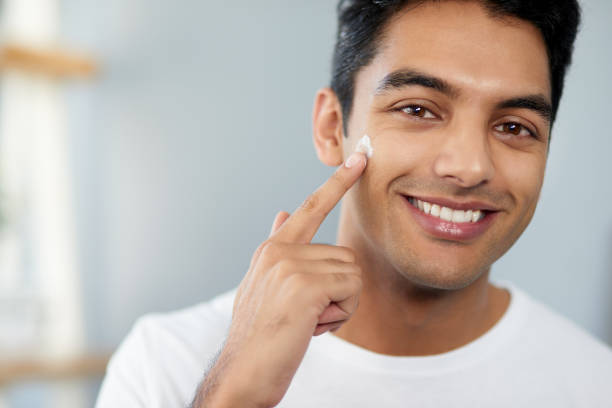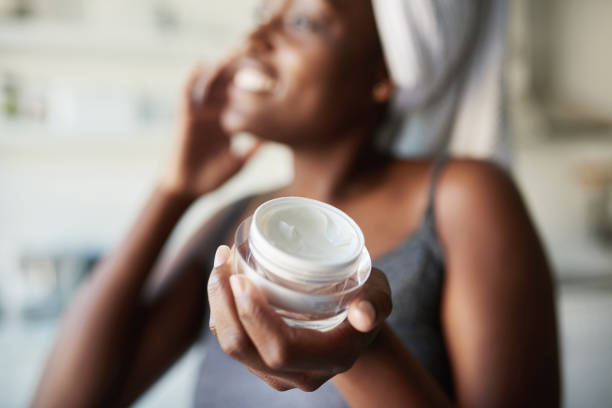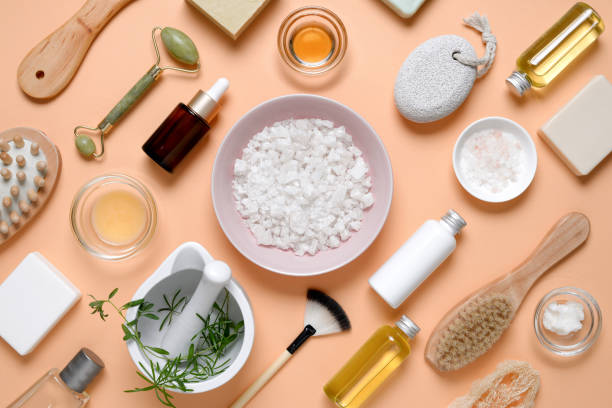The hairs used for good quality oil painting brushes are stiffer and taper differently than the natural hairs used for watercolor. Where the sables, horse, squirrel, ox, or goat hairs in watercolor brushes tend to be longer in taper and more supple, hairs from hogs, boars, badger, weasel, and mongoose are better for the more heavy bodied oil paints. Let’s take a look at each.
The Kolinsky sable hair, especially the female golden brown hair, is used for oil painting brushes. These hairs are a bit stiffer than the tail hair of the males and have better snap and resilience. The true Kolinsky sable was banned from import to the U.S. in 2014. Today, Kolinsky sable actually comes from the Siberian weasel. The hairs are harvested from the tail of the males. This ban came about because sable martens where pure red sable comes from do not do well in captivity. The only way to harvest the hair was through trapping. Thankfully, that is now banned.
That’s both good and bad news for the artist. Good the little critters’ lives are saved, bad that these super high quality brushes are no longer available. But, the tail hair of the male Siberian weasel still makes a very fine — and more affordable brush. Because manufacturers had back stock of Kolinsky sable, you may still be able to occasionally find some on the market. But when they are gone, they are gone. You will have to travel out of the country to purchase them legally, since the ban was for export to the U.S. only.
Hog bristles. These are by far the best hairs for oil painting brushes. They hold a good paint load. They spread the paint uniformly. They blend the paint well. The best bristle comes from hogs in the Chunking region in China. On better quality brushes, the bristles are arranged in an interlocking fashion with the bristles curving inward. Hog bristle is naturally split at the ends and arranged thus they hold paint well and spread it around nicely. Cheaper bristle will have stiffer hairs, be arranged more erratically, and may turn both inward and outward making the brush look fuzzy.
Horse or pony hair is typically used in cheaper natural hair brushes and marketed for different kinds of paint use. Although sometimes sold as oil painting brushes, they are better for acrylics and watercolor, but are used more in student grade brushes and cosmetics. In terms of cost, they are cheaper than squirrel.
Badger hair, due to its shape being thinner at the root and fatter at the tip, makes for a bushier brush. Oil painters like these for blending.
Weasel and a close relative, fitch, hair are very resilient with long conical shapes. Although close in quality to red sable, they are not quite as supple making them better for oils than for watercolor.
Mongoose hair is strong and resilient with good pointing. But they are better for oils for this reason since they are not fine enough for watercolors. They are difficult to find sometimes.
There are a number of synthetics on the market in several brands that are designed for both oils and acrylics. As with the natural hair brushes, you need to try them until you find one that fits your style of painting and feel in your hand. From a cost standpoint, synthetics are less expensive. You can see many of these brushes, natural and synthetic, and touch before you buy, in better quality art supply stores.
Better brands that are easy to find are Winsor & Newton, Grumbacher, Princeton, Simmons, and Liquitex, to name a few.
One last tip: brushes will last longer if you always pull, never push, your brush across the painting surface.




